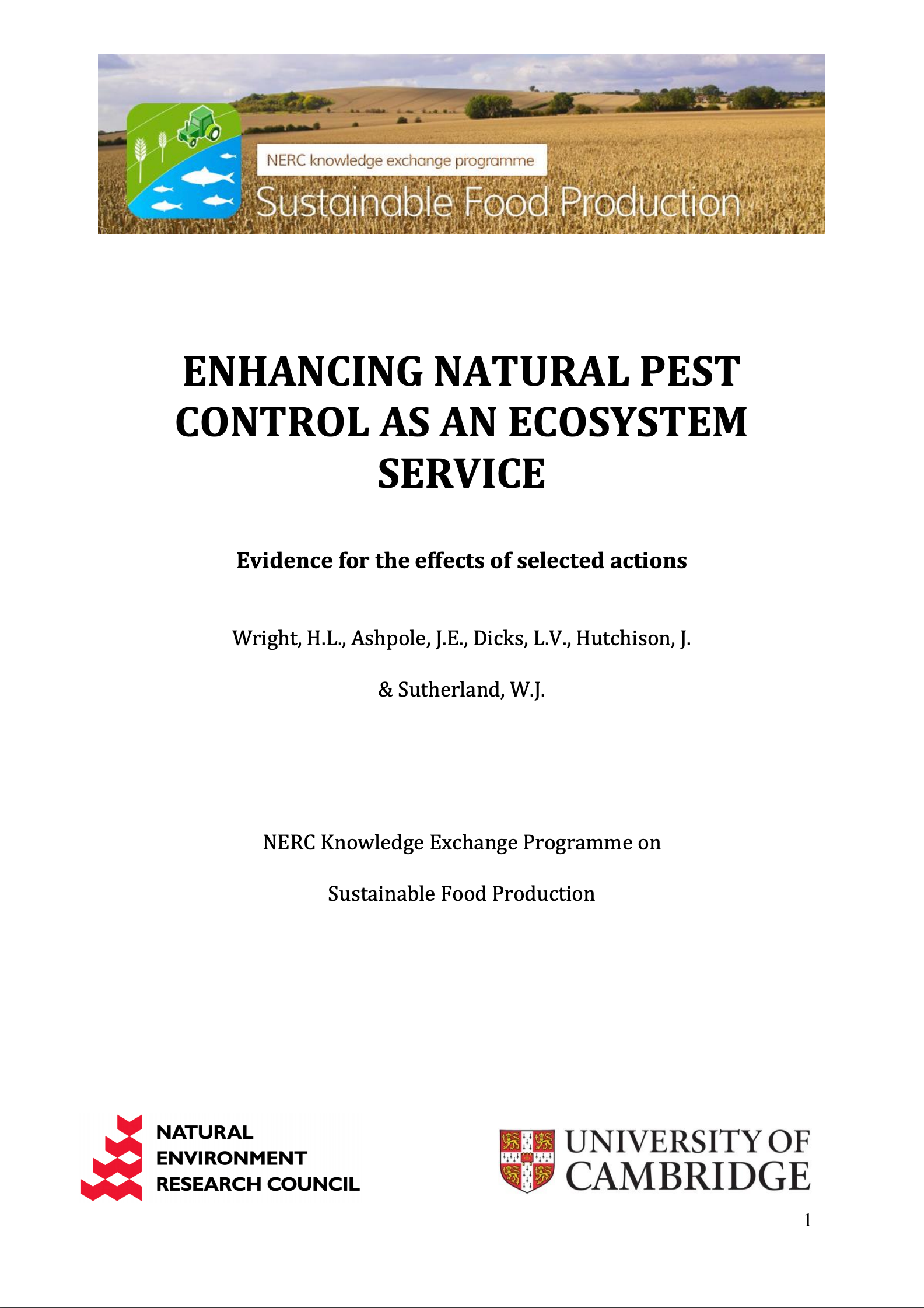Use mass-emergence devices to increase natural enemy populations
-
Overall effectiveness category Evidence not assessed
-
Number of studies: 1
View assessment score
Hide assessment score
How is the evidence assessed?
-
Effectiveness
not assessed -
Certainty
not assessed -
Harms
not assessed
Study locations
Supporting evidence from individual studies
A randomised, replicated, controlled study in 2003 at two urban sites in Bern, Switzerland (Kehrli et al. 2005) found higher parasitism of horse chestnut leafminers Cameraria ohridella in trees with mass-emergence devices (averaging 5-16% leafminers parasitised) than control trees without devices (3-10%) at one site and for a March (rather than May) application date. There was no effect of mass-emergence devices (or timing of application) at the second site (4-14% leafminers parasitised in treated trees vs. 5-15% in controls). Leaf loss caused by leafminers was similar in mass-emergence (3-54% defoliation) and control (3-63%) trees at both sites. Devices were placed in horse chestnut Aesculus hippocastanum trees to control leafminer damage using parasitoid wasps (Hymenoptera). Devices were 200 l plastic tubs with four openings covered in a tissue filter with 600 µm mesh size – allowing wasps (but not leafminers) to develop, emerge and disperse into the trees. Horse chestnut leaf litter containing leafminers and parasitoids was placed inside the tubs (10 kg/device). Ten blocks of horse chestnut trees were selected (five at each site) and devices were hung in three trees/block. Two trees had devices (1 device/tree, applied 20 March and 23 May, respectively) and a control tree had no device.
Study and other actions tested
Where has this evidence come from?
List of journals searched by synopsis
All the journals searched for all synopses
This Action forms part of the Action Synopsis:
Natural Pest Control
Natural Pest Control - Published 2013
Natural Pest Control Synopsis





)_2023.JPG)














